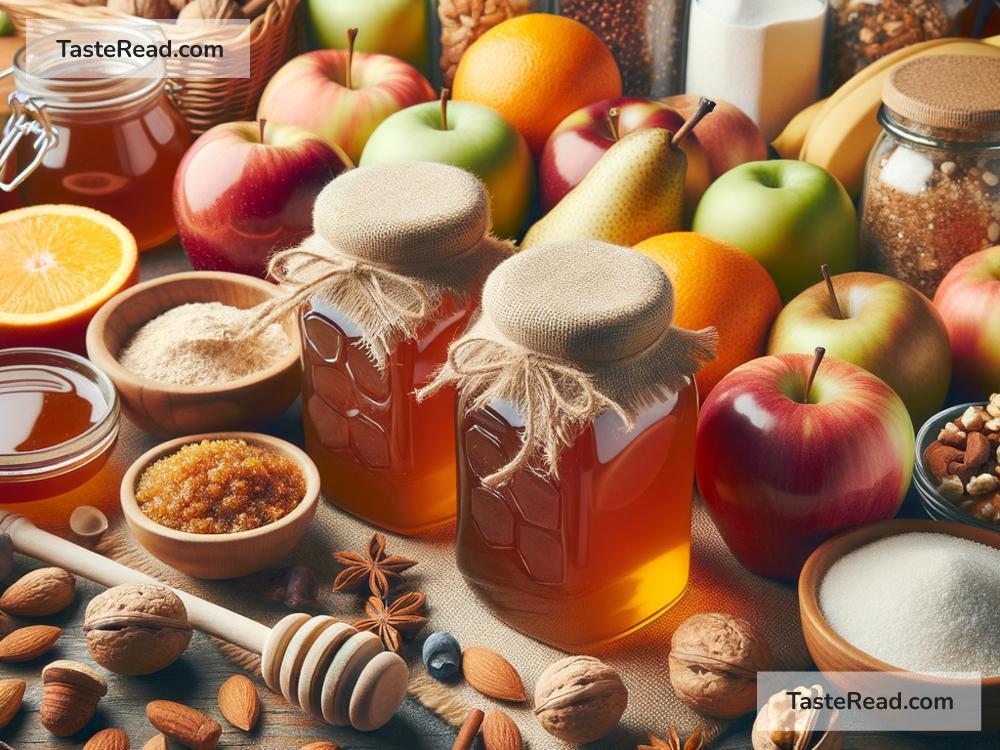Cooking with Local Honey: A Sweet Switch to Healthier Alternatives
In our quest for healthier lifestyles and better eating habits, the search for natural sugar substitutes has taken center stage. As we navigate through the vast choices available, one sweet solution stands out for its rich taste and plethora of health benefits—local honey. But why should you consider swapping sugar for local honey in your cooking, and how do you make this transition smoothly? Let’s dive into the sweet world of cooking with local honey.
Sweet Benefits of Local Honey
Local honey isn’t just a sugar substitute; it’s a burst of flavors and wellness in every spoonful. Here’s why local honey should be your go-to sweetener:
- Rich in Antioxidants: Local honey is packed with antioxidants which combat oxidative stress and reduce the risk of chronic diseases.
- Supports Local Beekeepers: By choosing local honey, you’re supporting local beekeepers and the vital work they do for our ecosystem.
- Allergy Relief: Anecdotal evidence suggests that consuming honey from your local area can help alleviate seasonal allergy symptoms, as it contains pollen spores picked up by bees from local plants.
How to Swap Sugar with Local Honey in Your Cooking
Transitioning from sugar to honey in your recipes is exciting, but it requires some adjustments. Here’s how to make the switch seamlessly:
-
Understand the Sweetness Ratio: Honey is sweeter than sugar, so you won’t need as much. A good rule of thumb is to use three-quarters of a cup of honey for every one cup of sugar the recipe calls for.
-
Adjust the Liquids: Since honey adds liquid to your recipes, reduce the other liquid ingredients by about a quarter cup for every cup of honey you use.
-
Mind the Temperature: Honey caramelizes and burns faster than sugar, so reduce your oven temperature by about 25°F to prevent over-browning.
-
Look Out for the Acidity: Honey is naturally acidic, so add a tiny pinch of baking soda (about 1/8 teaspoon) for every cup of honey to balance the flavors if your recipe doesn’t include sour ingredients.
-
Experiment and Adjust: Each recipe is unique, so don’t be afraid to adjust and experiment to get the perfect taste and texture.
Cooking with Honey: Recipe Ideas
Ready to start cooking with honey? Here are a couple of sweet and savory ideas to get you started:
Honey Garlic Glazed Salmon:
- Mix together local honey, minced garlic, soy sauce, and lemon juice.
- Pour over salmon fillets and marinate for 30 minutes.
- Pan-sear the salmon, then bake until cooked through.
- Glaze with the remaining marinade before serving for a succulent dish.
Honey Lemonade:
- Mix local honey and warm water until well dissolved to make a simple syrup.
- Combine the syrup with fresh lemon juice and cold water, adjusting the sweetness to taste.
- Serve over ice with a lemon slice for a refreshing drink.
Tips for Buying and Storing Local Honey
To fully enjoy the benefits, here are some tips for buying and storing local honey:
- Buy from Trusted Sources: Purchase honey from local farmers’ markets or directly from beekeepers to ensure you’re getting pure, high-quality product.
- Check the Color and Consistency: The color and consistency can tell you a lot about the flavor profiles of honey. Darker honey tends to have a stronger taste compared to light-colored variants.
- Storage: Store your honey in a cool, dry place. It can crystallize over time, which is a natural process. Simply place the jar in warm water to restore its smooth texture.
Embracing the Sweetness
Incorporating local honey into your cooking is more than just a swap for sugar; it’s a healthy step towards sustaining your body and supporting your local ecosystem. Whether you’re making a simple dressing, baking a dessert, or glazing your favorite meats, the addition of honey not only contributes a unique flavor but also infuses your meals with a touch of natural goodness.
As we continue to explore healthier alternatives in our diets, the use of local honey exemplifies how making small changes in our cooking habits can lead to a greater impact on our well-being and our community. So, the next time you reach for that sugar jar, pause and consider the sweet, flavorful journey local honey could take your meals on. Your taste buds (and your body) will thank you.


